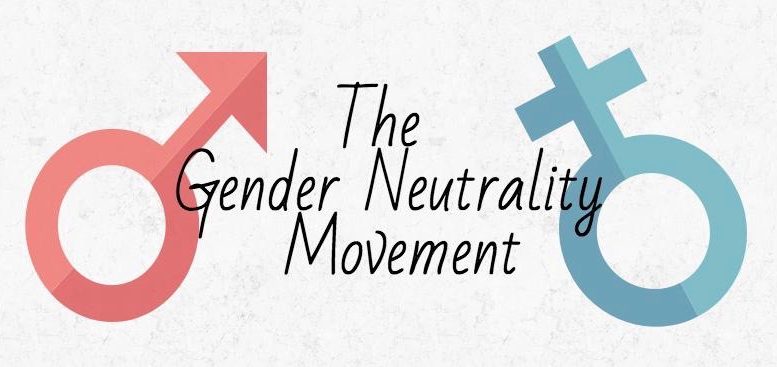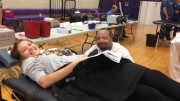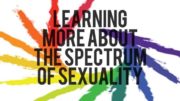In recent years, the LGBTQIA+ community has made major strides in improving education about the vastly diverse spectrum of sexuality. Now more than ever, individuals are encouraged to embrace their sexual identities and feel secure in whomever they are attracted to. While many members of society have a more comprehensive understanding of what it means to be gay, bisexual, or transgender than they would have 20 years ago, there are still people who have very a limited knowledge of underrepresented sexual identities, like the non-binary community.
Those who identify as non-binary are individuals who do not exclusively label themselves as male or female. The Human Rights Campaign Foundation uses terms like non-binary to show, “a more flexible range of gender identity and or expression than typically associated with the binary gender system.” It’s important to recognize that non-binary is an umbrella term under which several forms of the sexuality fall. For example, agender and gender fluid individuals do not meet the stricter standards of our society’s current distinctions between female and male, and therefore consider themselves outside of the gender binary, which only recognizes two sexes.
Those who are agender identify as having no gender or being without a set gender identity. Gender fluid individuals prefer not to commit to one specific gender, and are more flexible in regards to their gender identity. Those who are gender fluid may move between different genders throughout time, or express multiple genders at once.
Being a smaller, lesser-known community, non-binary individuals are far more susceptible to acts of intolerance as a result of public ignorance. In 2008, a study in the National Transgender Discrimination Survey revealed that 32% of polled nonbinary individuals were victims of physical assault, 31% had experienced some form of harassment or police brutality, 36% had opted out of medical treatment due to discrimination, and 43% had reported attempting suicide. The educational divide in our society about non-binary issues is evident, with most non-binary individuals citing feeling unsafe in the workplace and public restrooms, and also having trouble finding doctors who will treat them as major obstacles.
The most prominent movement that has arisen to help the non-binary community and anyone else who faces scrutiny as a result of the gender binary is the push for gender neutrality. The Gender Neutrality Movement establishes the idea of language, policies, and other social institutions avoiding the creation of definite roles in society based on gender or sex. This effort to avoid uncompromising labels can minimize discrimination against non-binary individuals, with social roles pertaining to gender becoming less crucial.
Altering the language we use is a major component of maintaining gender neutrality. Gender neutral language avoids the use of pronouns that are exclusively linked to one sex, and instead uses phrases like “they” when referring to an individual, so that no assumption of gender identity is made. This shift in the way we speak to one another is a pivotal point in the process of becoming a more accepting and inclusive society, but it is also important that non-binary individuals have accessible resources that grant them the privacy and safety they deserve. Gender neutral bathrooms, information sessions in the workplace, and designated safe spaces are all steps that can be taken in an effort to protect non-binary individuals and better inform the public about this typically overlooked sexual identity. The Gender Neutrality Movement is an attempt to end the stigma assigned to gender, create a more inclusive and all-encompassing society, and protect vulnerable individuals from discrimination stemming for lack of understanding or acceptance.





